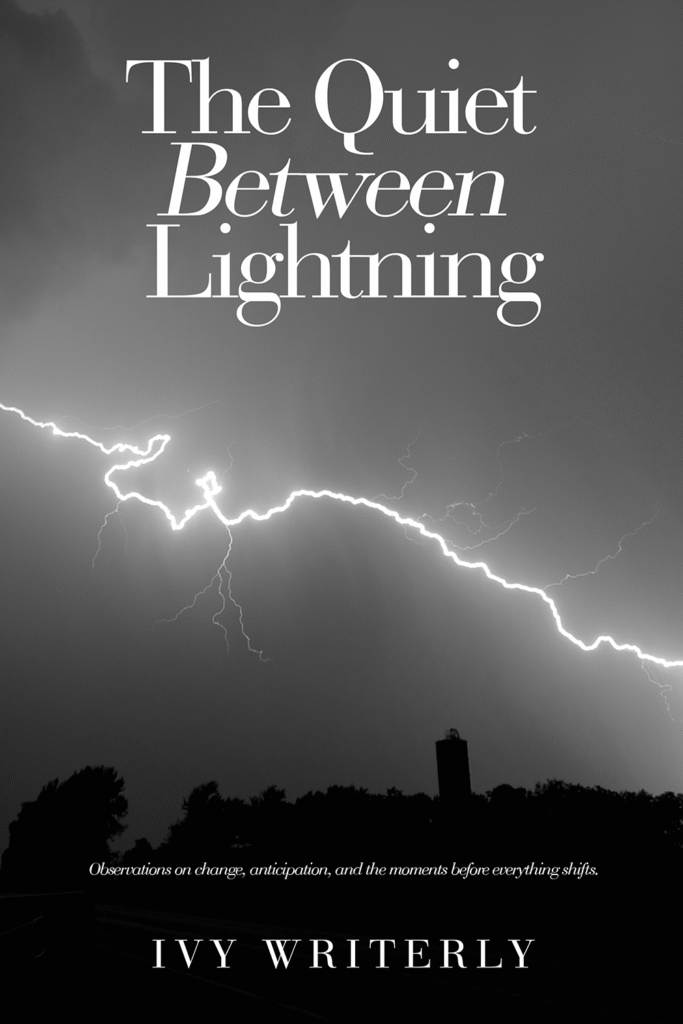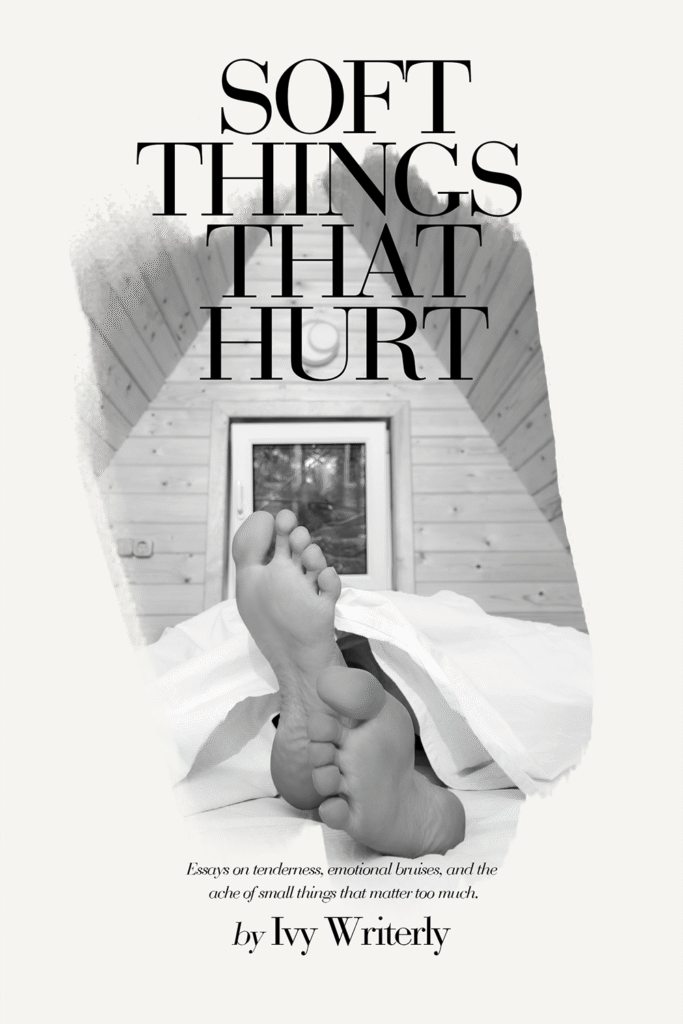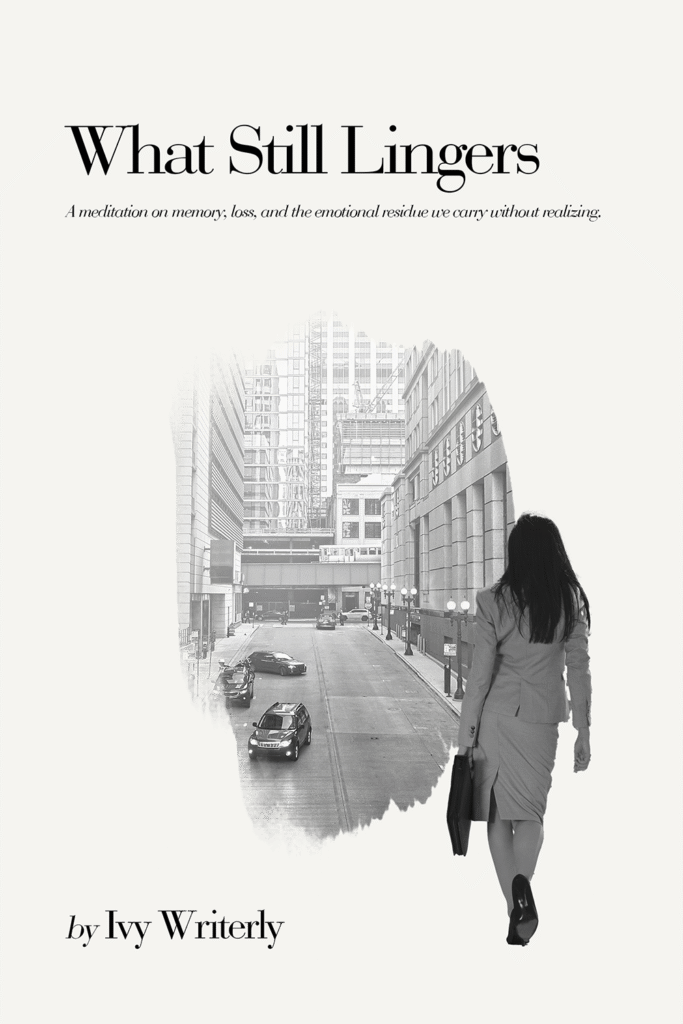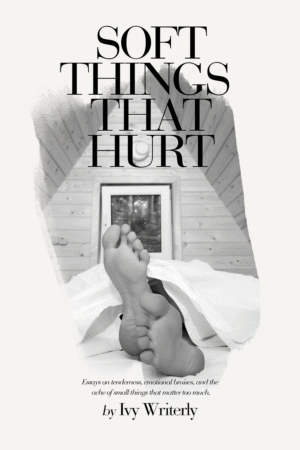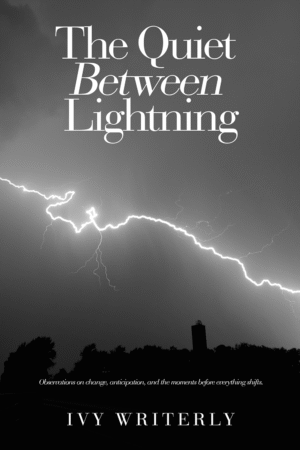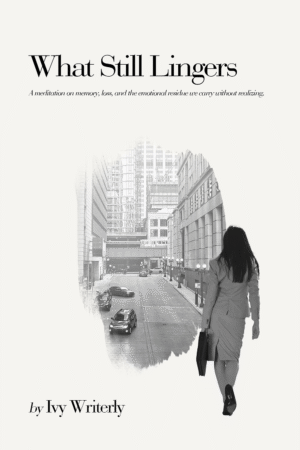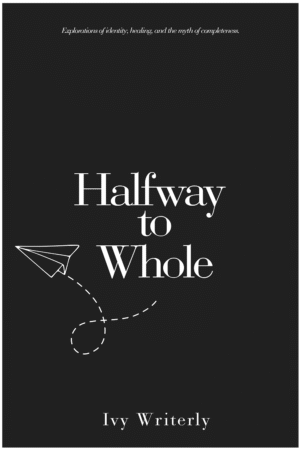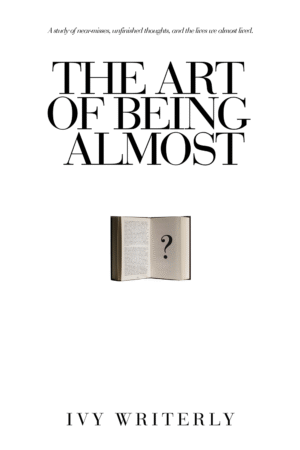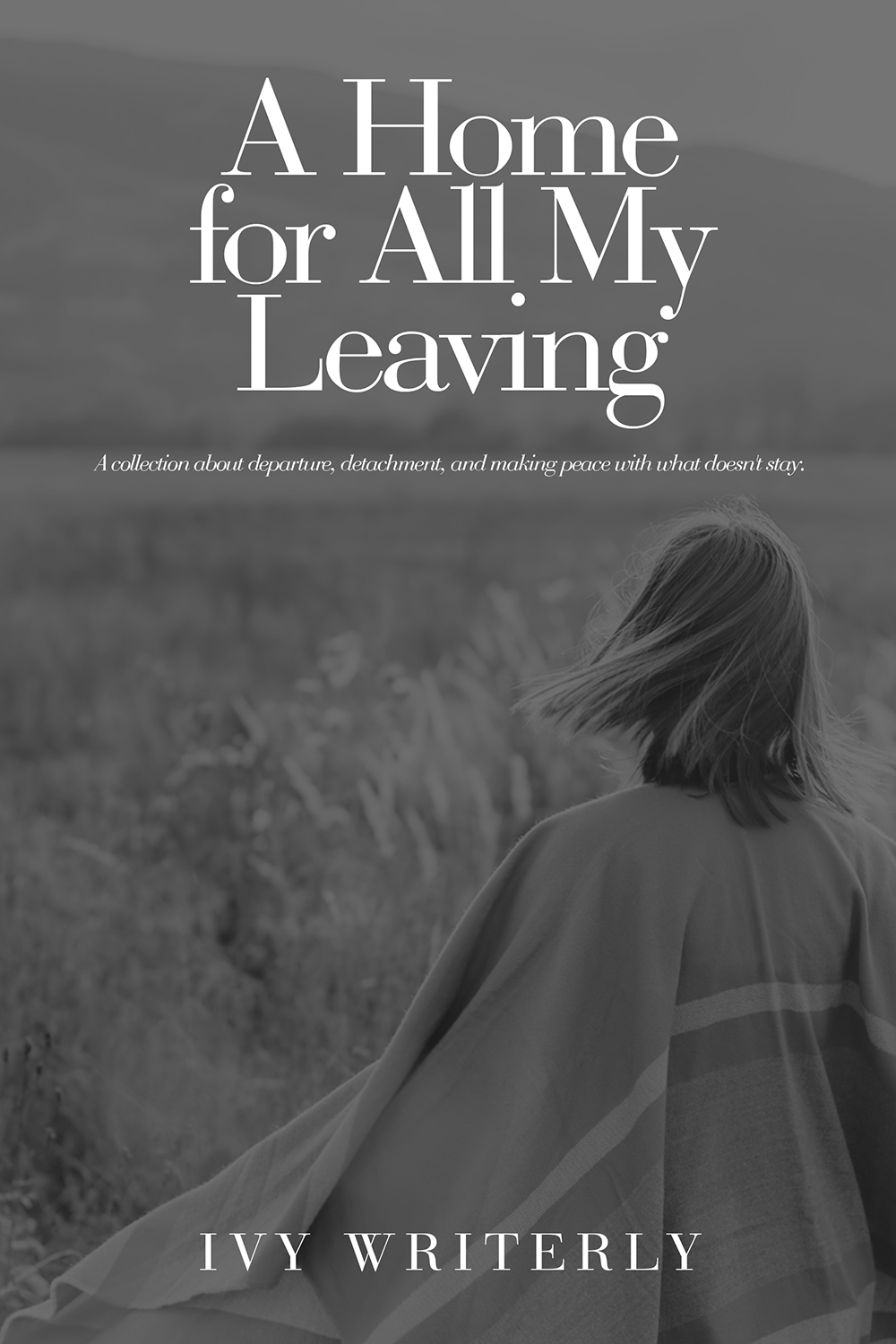On boredom, restlessness, and learning to trust the quiet parts of life.
Stillness used to scare me.
I treated it like a hallway—just something to get through on the way to whatever was next. I filled it with scrolling, planning, distractions that felt like progress. Anything to keep from sitting too long in the quiet with myself.
But the longer I avoided stillness, the more restless I became.
And eventually, I realized: it wasn’t boredom I was afraid of.
It was what might rise to the surface once the noise died down.

Stillness isn’t empty.
It just speaks at a different volume.
And when you stop trying to fill it, you start to hear things you’d forgotten to listen for—your own breath, the ache you’ve been ignoring, the idea that’s been tapping at the edges of your mind for weeks.
That’s where Halfway to Whole came from.
Not from chaos.
From stillness.
From a season where everything was quiet on the outside, but deeply alive beneath the surface.
“You’re not stuck. You’re simply in the part where nothing blooms above ground yet.”
We’re taught to be suspicious of stillness. To see it as stagnation. But sometimes, it’s sacred. It’s the space between the unraveling and the becoming. The pause before the shift. The breath between lines of a sentence you haven’t finished writing yet.
Restlessness makes us think we’re broken.
But maybe we’re just in between.
And maybe that’s exactly where we’re meant to be.
If you’re in that place—quiet, uncertain, a little itchy in your own skin—know this:
Stillness isn’t nothing.
It’s the soil.
And everything good takes root before it reaches the light.

